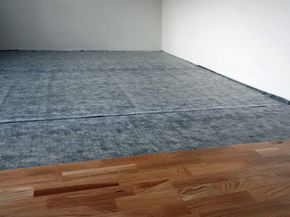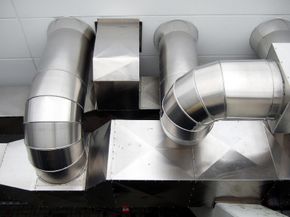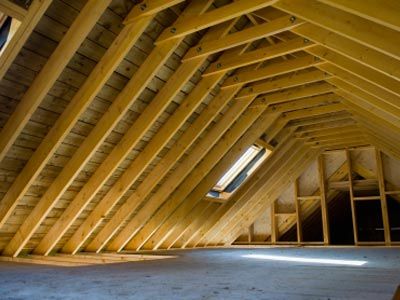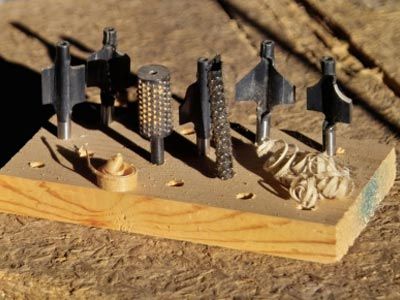Millions of Americans live in apartments or townhomes where they share at least one wall with their neighbors. As people go about their day, their conversations, footsteps, music and children cause noise that may be heard in the apartments or homes next door. The good news is, there are ways to improve the acoustic properties of our homes and keep neighbor noise out.
To understand how noise is traveling from our neighbors' homes to our own, we must first take a look at how sound works. Sound creation starts when an object is set in motion, whether it's our vocal cords, footsteps on the floor, or the speakers in our televisions. When these objects move, they cause vibration, which forces nearby air particles away from the object. These air particles travel in the form of sound waves, continuing until they reach our ears. The inner workings of our ears help translate these waves into sounds we can interpret and understand.
Advertisement
We measure the strength of these sounds in the form of decibels (dB). The higher the decibel level for a sound, the louder it is to our ears. For humans, the lowest sound level we can interpret is 0 dB, and the highest level we can put up with without pain is around 120 dB. A normal conversation typically measures around 60 dB [source: Vanderheiden].
To deal with neighbor noise, we have to find ways to keep these sound waves from reaching our ears, or at the very least, slow them down. We do this by adding materials in our homes that block, absorb or isolate the sound waves, keeping unwanted noises out of our homes.
The extent to which we manage to block sounds from entering our homes can be measured in terms of its sound transmission class (STC). The STC rating of a product gives us a good estimate of how many decibels it can block from penetrating the surface. Many soundproofing products as well as regular construction materials are marketed by the level of their STC rating.
Let's take a look at some of the ways you can improve the STC ratings of your walls and keep noisy neighbors from getting you down.




